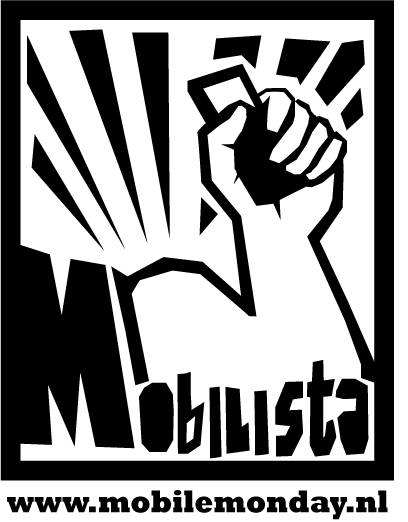Tom Wheeler, Managing Director at Core Capital Partners has recently published two articles on mobile marketing that draw a lot of parallels to cable television's advertising model. They are very interesting reads that got me thinking more deeply about distribution models of mobile advertising.
Mobile-related services are personal, but a one-to-one distribution model is costly to implement. Rather than trying to target "everyone" mobile marketing campaigns and ads can still target each individual, and this is easy to do on a mobile web site or with an SMS/email magazine. For casted media and programming, however, it becomes a little more difficult. If you are broadcasting a video feed to a wide audience, how can you target the users on an individual basis? Mr. Wheeler explains how the advertising landscape in the mobile space now closely resembles that of cable television in the 1970's. At first we tried to reach the widest audience possible, but niche programming channels directed at narrower demographics will more effectively target users and probably see a higher conversion rate, if not higher overall participation.
Targeted mobile services resemble a magazine rack at a large bookstore. Anyone who has picked up a fashion magazine (or certain tech magazines) knows that ads can make up more than 50% of it's content. Some people even buy them for the ads. Why? Because they are narrowly targeted and relevant. If only every other ad was pertinent to magazine's theme it would indeed be annoying and you would skip over them to avoid wasting time mentally filtering pages and pages of advertisements. Cable is similar in that I probably won't ever see a Hooter's commercial on Lifetime.
Television commercials are pretty broad in focus. Sure, you will see more toy commercials interleaved with Saturday morning cartoons than during a basketball game, but your favorite station doesn't know you. It just makes educated assumptions about your interests based on demographic research. Mobile services can get to know you though your profile information and behavioral analysis, not a just control group of people similar to you (though cross-referencing similar users is a good way to recommend new products to you). Your favorite mobile service has the means to know what you like, when you like it, what ads you have responded to, etc. If this information is being gathered, it may as well be applied in a way that improves the user experience.
As screens get sharper and larger and networks get faster, the audience will probably tolerate ads taking up display real estate more readily. This will also give marketers an opportunity to provide more interactive campaigns and more interesting incentives.





